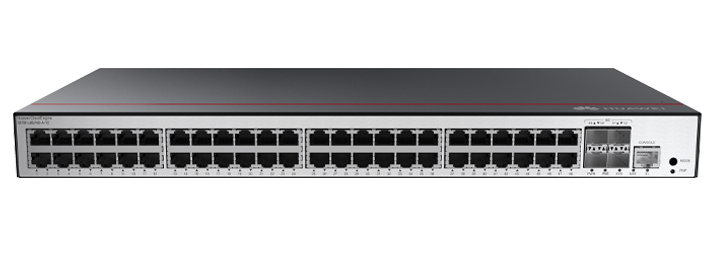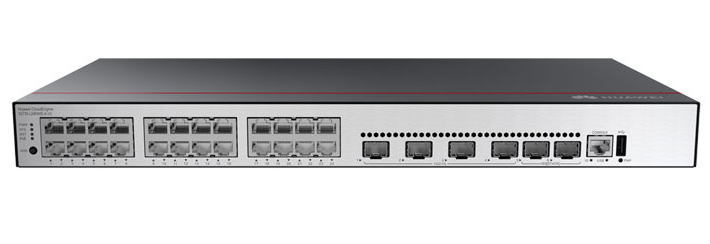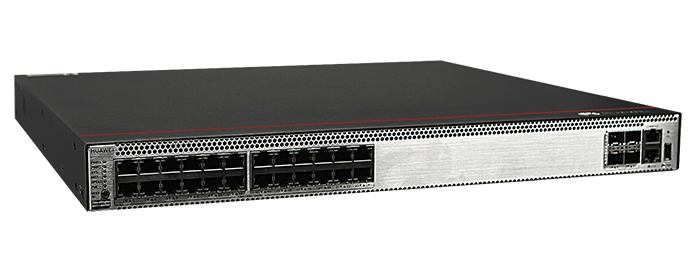































 Darrell Gulin/Getty Images
Darrell Gulin/Getty Images One of the myths surrounding the Linux operating system is that you have to run all sorts of complicated commands to get anything done. Although that may have been the case some time ago, it's no longer a reality.
You could go your entire life with Linux and never run a single command. That's how far the Linux desktop has come over the years.
Also: The best Linux laptops
However, for some users, the power offered by the Linux CLI (Command Line Interface) can be enticing. And, as someone who's used Linux for decades, I still revert back to the command line for certain things.
That's because the CLI can be really efficient. Case in point, there are two features you should know about that make using the Linux command line even easier: Tab completion and history. Let me explain each of these.
What you'll need:The only thing you'll need for this is a running instance of Linux. It doesn't matter what distribution you use because both of these features are found in all flavors of the open-source operating system.
Let's say you know there's a command you need to run but can't remember its name. You know it starts withsys, but that's all you can remember.
Once your terminal window is open, typesysand hit Tab on your keyboard. You should then see all commands on your system that start withsys.
Also: Why I use multiple operating systems to get my work done
Look through the list until you find the command you need.
Trying to remember the systemctl command is easier with tab completion.
Screenshot by Jack Wallen/Even better, you don't have to type out the entire command. Say, for example, the command you were looking for wassystemctl. You could typesystemc, hit Tab, and the remainder of the command will be automatically filled out.
Also: This tool is my new favorite way to monitor and manage apps on the Linux desktop
This little trick works better if there aren't as many commands that start withsystem(because to get it to work forsystemctlyou have to type all but the final two letters. For example, if you use Samba (for folder shares across your network), you could typesmbcand hit Tab to have the entiresmbcontrolcommand completed for you.
Do you remember the last command you typed? If it was a complicated command, you might not want to have to type it again. To avoid that, open your terminal window and hit the up arrow on your keyboard. What you should see is the last command you ran. Hit the up arrow again and you'll see the command before that. Keep hitting the up arrow on your keyboard and you'll go through the entire saved history of the commands you've issued.
When you find the command you want to run, stop on it and hit Enter on your keyboard. That command will run as though you just typed it. This trick comes in very handy when you either don't feel like typing complicated commands or you can't remember the exact command you'd previously run.
Also: Can't remember the Linux command you ran earlier? Let history repeat itself
To this day, I use both of these tricks with Linux and they never fail to make using the command line a bit easier. Once you start using these handy helpers, you'll be less fearful of using the Linux CLI.
 Etiquetas calientes:
tecnología
Nuestro proceso
Servicios y Software
Sistemas operativos
LINUX
Etiquetas calientes:
tecnología
Nuestro proceso
Servicios y Software
Sistemas operativos
LINUX